The slight fall seen in average house prices in July (-0.1%) was offset by a return to growth during August – although the increase (+0.4% month-on-month) was relatively modest compared to the rapid inflation we’ve witnessed in recent times.
Over the last year the rate of monthly house price inflation has averaged around +0.9%.
The typical house price reached another record high in August (£294,260) – as it has done in seven out of the eight months so far this year. However, the annual rate of growth dropped to +11.5%, from +11.8% in July, the lowest level in three months.
- Average house price: £294,260
- Monthly change: +0.4%
- Quarterly change: +2.6%
- Annual change: +11.5%
While house prices have so far proved to be resilient in the face of growing economic uncertainty, industry surveys point towards cooling expectations across the majority of UK regions, as buyer demand eases, and other forward-looking indicators also imply a likely slowdown in market activity.
Firstly, there is the considerable hit to people’s incomes from the cost-of-living squeeze.
The 80% rise in the energy price cap for October will put more pressure on household finances, as will the further increases expected for January and April.
At the levels being predicted, this is likely to constrain the amounts that prospective homebuyers can afford to borrow, on top of the adverse impact of higher energy prices on the wider economy, commented Kim Kinnaird, Director, Halifax Mortgages.
While government policy intervention may counter some of these impacts, borrowing costs are also likely to continue to rise, as the Bank of England is widely expected to continue raising interest rates into next year.
With house price to income affordability ratios already historically high, a more challenging period for house prices should be expected.
However, this should be viewed in the context of the exceptional growth witnessed in recent years, Kinnaird continued, with average house prices having increased by more than £30,000 over the last 12 months alone.
Regions and nations house prices
Wales remains at to the top of the table for annual house price inflation, up by +16.1%, the strongest level of growth since early 2005.
This means average prices have risen by £31,246 over the last year, with an average property now costing £224,858.
The South West of England also continues to record a strong rate of annual growth, up by +14.5%, with an average property cost of £313,003.
The rate of annual growth in Northern Ireland eased back further last month to +12.5%, with a typical home now costing £185,505.
Scotland also saw another slowdown in the rate of annual house price inflation, to +9.4% from +9.5%.
A Scottish home now costs an average of £204,362, another record high for the nation.
While London has continued to lag behind other nations and regions, the rate of annual house price inflation in London rose again to now stand at +8.8%, its highest level in over six years.
With a typical property costing a record £554,718 the capital’s average house price has risen by £44,669 over the last 12 months.
Housing activity
HMRC monthly property transactions data shows UK home sales increased in July 2022.
UK seasonally adjusted (SA) residential transactions in July 2022 were 104,470 – up by 3.2% from June’s figure of 101,190 (up 7.2% on a non-SA basis). Quarterly SA transactions (May-July 2022) were approximately 3.9% lower than the preceding three months (February 2022 – April 2022).
Year-on-year SA transactions were 36.7% higher than July 2021 (32.9% higher on a non-SA basis). (Source: HMRC)
Latest Bank of England figures show the number of mortgages approved to finance house purchases increased in July 2022, by 0.9% to 63,770. Year-on-year the July figure was 14.4% below July 2021. (Source: Bank of England, seasonally-adjusted figures)
The latest RICS Residential Market Survey in July show a continued easing in demand and sales.
The net balance score for new buying enquiries was -25%, broadly in line with -27% previously, the third consecutive month in negative territory.
Agreed sales have a net balance of -13% (-14% previously) and new instructions returned a net balance score of -5% (previously -1%). (Source: Royal Institution of Chartered Surveyors’ (RICS)
monthly report)
Tom Bill, Head of UK Residential Research at Knight Frank comments:
“The supply of houses tightened over the summer as more people took a summer holiday for the first time in three years, which kept prices buoyant.
We expect more properties to be listed in the coming weeks as we move from a seller’s towards a buyer’s market.
Together with rising mortgage rates, this will increase downwards pressure on prices after they have appeared to defy gravity for so long.”
Jeremy Leaf, north London estate agent and a former RICS residential chairman, comments:
“Although we’ve noticed at the sharp end prices and activity has softened a little, market resilience continues to defy almost daily predictions of a slump.
Worries about the rising cost of living, successive interest rate rises and possibility of recession next year have not been sufficient to prompt a correction while such a significant mismatch between demand and supply remains, although prices may be more sensitive.”
Tomer Aboody, director of property lender MT Finance, comments:
“As the rate of house price growth slows, we are seeing clear signs of a market that is cooling.
Buyers are still active and looking to purchase but are now more selective and calculated in their offers, taking into consideration higher mortgage rates, higher inflation and higher energy costs. Sales are happening but at a slower pace.
As the market continues to take shape going forward, a possible government intervention is needed to restructure stamp study, allowing and helping buyers to get on the ladder and reducing the pain of higher mortgage rates a little.”
Avinav Nigam, co-founder and chief operating officer of real estate technology platform IMMO, comments:
“Although the annual rate of house price growth eased slightly in August, prices still rose by more than £30,000 over the past 12 months, outstripping average wage growth.
The annual growth figure is more relevant than monthly changes, as the market moves slowly.
The explanation of change lies in demand: fewer transactions and mortgage approvals indicate that the hot demand we have seen is beginning to show signs of cooling.
Historically, August tends to be one the strongest months, with 6 to 7 per cent higher nominal prices over the annual average, and these figures from the Halifax indicate the market is starting to correct.
This slight cool down is good news for house buyers struggling with the worsening affordability situation, amplified by rising debt and energy prices.
The trouble is, we still have an acute shortage of properties for sale and rent which are of good quality and affordable, in the places people want and need to live.
Existing homes require to be upgraded to align with Minimum Energy Efficiency Requirements before they can be rented out, triggering a further slowdown in retrofitting projects and an exodus of landlords.
With mortgages climbing higher, it’s even harder to enter the property market for a first-time buyer.
The result is a lack of affordable housing options for home buyers.
This problem gets worse each month that house price growth continues to outpace wage growth.
This makes the provision of quality rental housing even more important. The newly-appointed PM has this task cut out for her and urgently needs to take suitable action to control the worsening housing crisis.
Given we all need a roof over our heads, we will see the market shift from home buying to renting.
The way forward has to be with professional landlords stepping in, providing quality rental housing at affordable prices.”
Mark Harris, chief executive of mortgage broker SPF Private Clients, comments:
“With the markets betting on another rate rise this month, the impetus on borrowers to move quickly to secure a competitive deal continues.
Lenders have money to lend and are keen to lend although volume management is the name of the game.
There are still good deals to be had although rising energy bills are impacting affordability calculations and lenders are broadening their policy for higher income households accordingly.”
Director of Benham and Reeves, Marc von Grundherr, commented:
“Yet another record rate of house price growth demonstrates that the UK property market is very much marching to its own tune at present and we can expect it to continue to do so as we head towards the final stretch of 2022.
With the London market now starting to shift through the gears, this will only bolster the might of the property market further and bring an even greater boost to house prices over the coming months.”
James Forrester, Managing Director of Barrows and Forrester, commented:
“Every time we think the housing market is starting to wobble, it rebounds to reach yet another record high, defying the economic angst that has engulfed the nation in other areas of our day to day lives.
Despite the increasing pressure on our household finances, the nation’s buyers continue to fight tooth and nail to climb the ladder and this sustained demand has helped keep any downward pressure on property values at bay.
We can, of course, expect this high level of market momentum to ease as we head towards Christmas.
But make no mistake, this is a seasonal trend that materialises in the same way Mariah Carey does come the 1st of October and any negative movement is sure to be reversed once the market reopens for business come January.”
Founding Director of Revolution Brokers, Almas Uddin, commented:
“We’ve seen the level of buyers entering the market via the mortgage sector remain robust in recent months and this ongoing demand has helped the market sidestep any decline in house prices thus far.
Of course, with a further increase in interest rates expected, the cost of borrowing is only going to grow as the months go on.
With the cost of living crisis also putting a pressure on our household finances, it’s inevitable that the market will show some signs of slowing, but exactly when remains to be seen.”
Managing Director of HBB Solutions, Chris Hodgkinson, commented:
“There’s no doubt that the UK property market is taking far longer than expected to buckle under the pressure of wider economic instability, but cracks are certainly starting to show, as the rate of house price growth starts to ease.
The nation’s sellers have started to realise that they can no longer expect the inflated price for their home that had become commonplace during the pandemic and they are having to adjust their asking price expectations accordingly.
We’re also seeing a far greater degree of caution from lenders which is increasing the likelihood of a down valuation even after a price has been agreed by buyer and seller.
This is leaving them adrift by around £8,000 on average and it’s only a matter of time before this market instability shows its face where topline property values are concerned.”


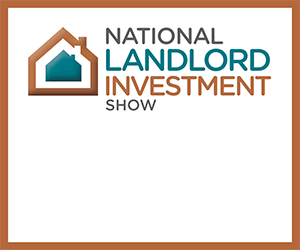
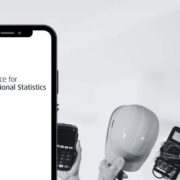




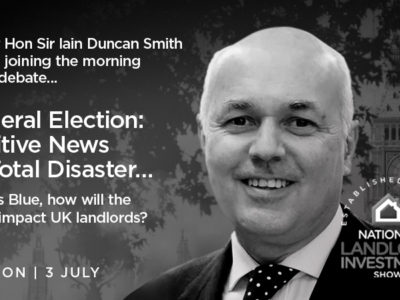

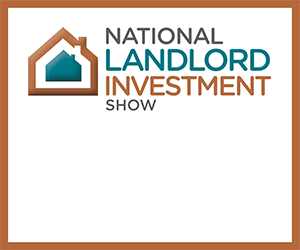

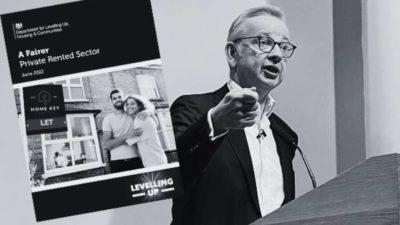



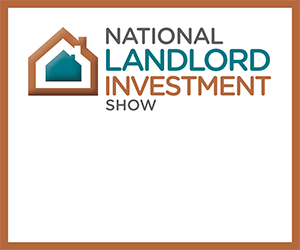
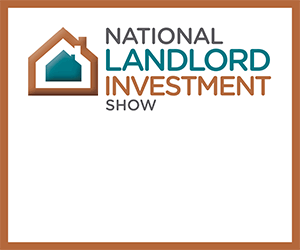


Comments